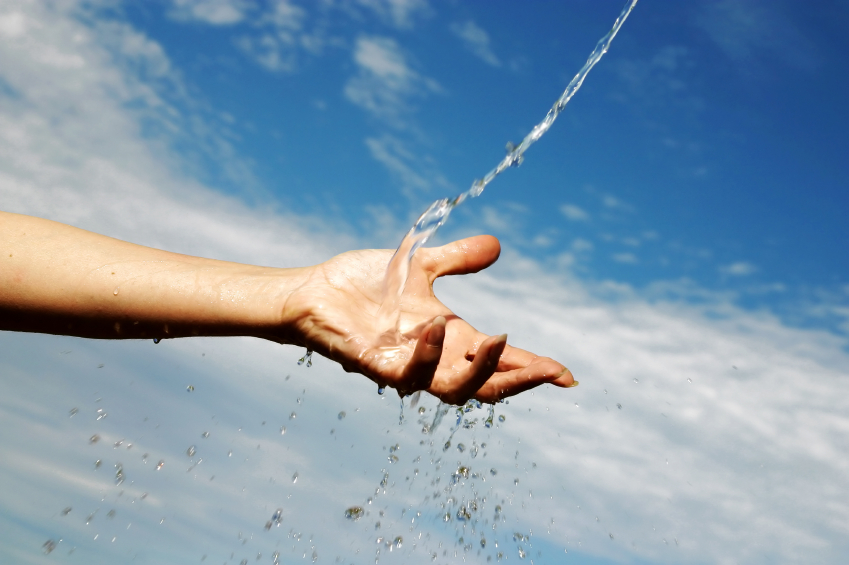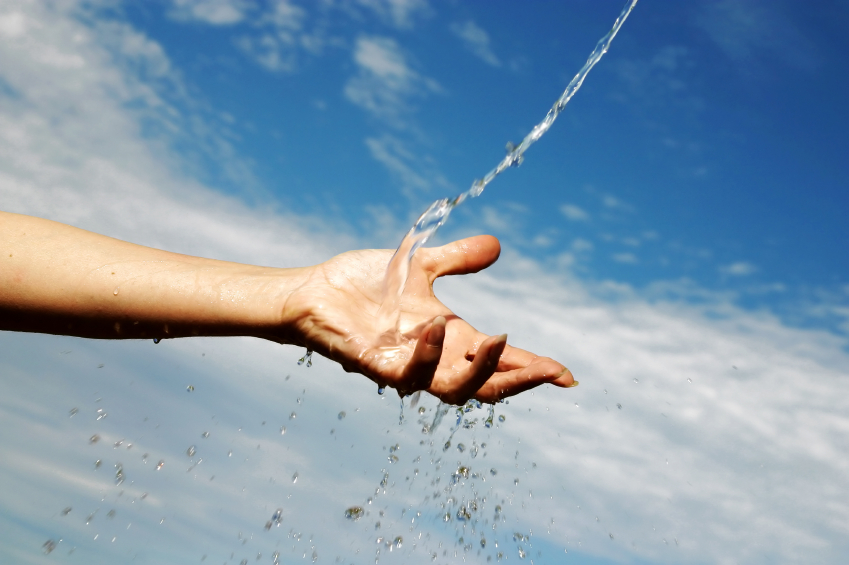Q. Dear Umbra,
Please tell me you didn’t just imply that hydroelectric is a clean energy source. You didn’t just say that, did you?
Brian K.
Eugene, Ore.
 You’ve got the power in your hands.iStockA. Dearest Brian,
You’ve got the power in your hands.iStockA. Dearest Brian,
In my recent column on living off the grid, I pledged to discuss micro-hydro as a power source for homeowners. Your question, which dates from a while back, is the most related I could find in my inbox — although it sets a bit of a sad and awkward tone. As Brian suggests, large-scale hydropower is a renewable energy source that does have problems. Problems such as habitat destruction and forced relocation of entire communities. I welcome more questions about large-scale hydro, but let’s not think about those sad things today. For now I want to give a brief overview of micro-hydro.
Micro-hydro power is less environmentally destructive than regular old hydro, and a feasible way for some of us to produce our own electricity. Admittedly, it’s not hard to be less destructive than the Grand Coulee dam. With small hydro in a backyard stream, there is likely no need to dam or even seriously divert the flow of water, much less relocate sacred burial grounds or doom an entire salmon run.
In a micro-hydro system, falling and moving water is funneled into a tube and diverted to a turbine. The turbine powers a generator, which in turn either feeds directly to your home energy needs and storage batteries, or goes into the power grid. This aquatic idea should be familiar to those of us who dimly remember our exploration of tidal and wave power. Hydro power can be fairly constant, which is not true of wind or solar power; and it can potentially produce more energy in the winter months, when humans generally need it.
The key aspects to micro-hydro potential include the “flow,” which is the amount of water in a stream (or other moving body); the “head,” which is the vertical drop between the water intake area and the turbine; the distance the water must travel in pipes between the intake and the turbine; and the distance the resultant energy would need to travel to get to your home or other place of energy use. Fun jargon: the pipeline from the intake to the turbine is also known as the “penstock.” The intake can be as simple as a small box covered with a slanted debris screen, with the penstock pipe reminiscent of home plumbing piping emerging out of the box side.
Logically, the bigger the head and/or the heavier the flow, the more potential power one can get out of a water body. The potential watt output is equal to the feet of head multiplied by the gallons per minute of flow and divided by ten, according to one calculator. Or here is a handy chart, which indicates that 25 feet of net head (gross head minus lost power in the penstock) and 20 gallons per minute of flow will generate approximately 40 watts. I also liked this Home Power magazine series on hydro, which includes articles on measuring the head and flow of your stream.
As I promised, this a very brief introduction to the idea of generating electricity from nearby streams. I would love to discuss it in more detail, and eagerly await any interest you may have in the topic, so that I need not scrape the bottom of the question reservoir (as it were).
Couleely,
Umbra



